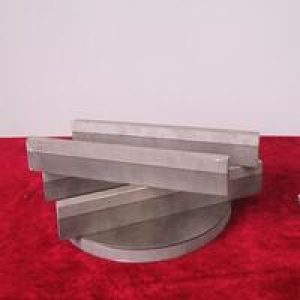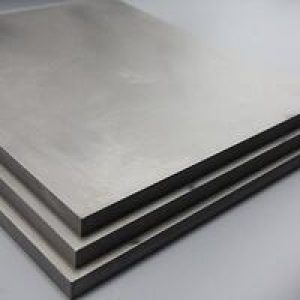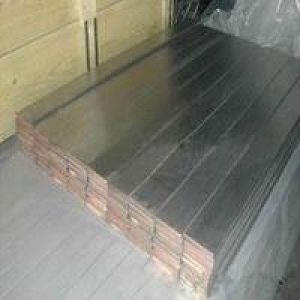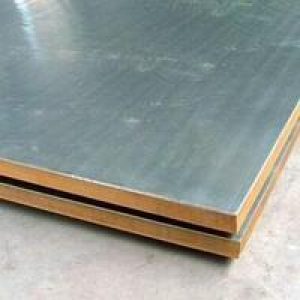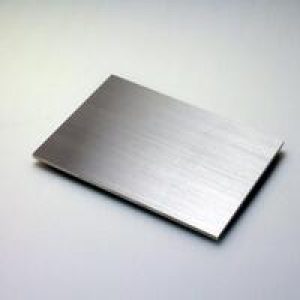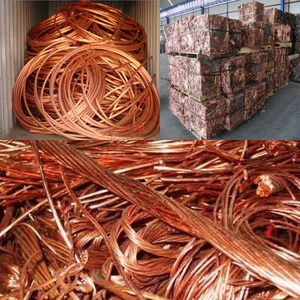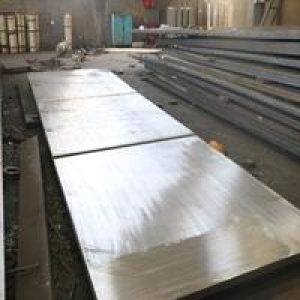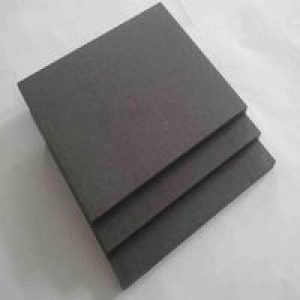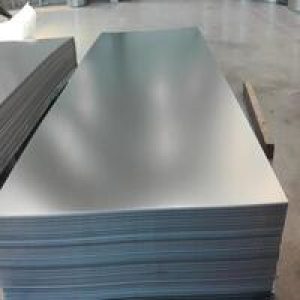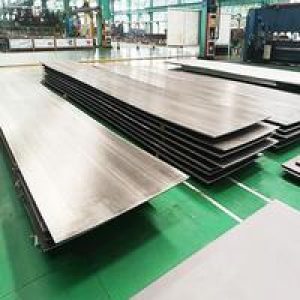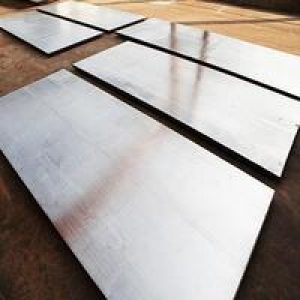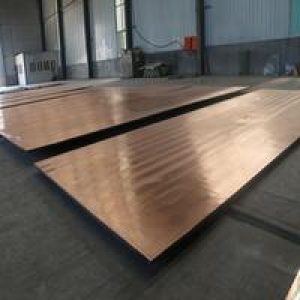-
Stainless Steel Composite Panel
Cold rolled stainless steel sheet 304 gold mirror finish stainless steel plate plat ss sheet and coils
-
Stainless Steel Composite Panel
1.2mm decorative black etched metal sheet 304 rose gold plated stainless steel plate 316 mirror stainless metal steel panel
-
Stainless Steel Composite Panel
Manufacture ASTM AISI 0.5mm1mm 2mm thick 201 202 430 stainless steel plate sheet
-
Stainless Steel Composite Panel
Stainless Steel Plate SS 304 Customized Thickness 4*8 Feet Plates ASME A240 304L 304 Stainless Steel Sheet
-
Stainless Steel Composite Panel
High quality corrosion-resistant stainless steel plate/sheet for food processing
-
Stainless Steel Composite Panel
Sus304 316 316l Mirror Inox Stainless Steel Plate
-
Stainless Steel Composite Panel
ss316 stainless steel plate per kg 2mm thick ss304 stainless steel sheets
-
Stainless Steel Composite Panel
201 304 PVD Color Coating Antique Bronze Color Stainless Steel /Plate With Anti Finger Print
-
Stainless Steel Composite Panel
Round Stainless Steel Plate Style Dinner Plate Indian Thai Mess tray, Stainless Steel Dinner Plate Set of 6 pcs 3 Bwls Glass
-
Stainless Steel Composite Panel
China hot stainless steel sheets 304 316 300 series stainless steel plate factory reliable quality
-
Stainless Steel Composite Panel
Factory Spot Best Super Mirror Finish J1 J2 J3 J4 J5 Stainless Steel Plate/sheet for construction
-
Stainless Steel Composite Panel
Gold Dinner Candle Dishes stainless steel dinner plate & dishes thicken Metal restaurant supply dinner plates Factory Whole
Stainless Steel Composite Panel
Stainless steel composite panels (SSCP) are modern building materials combining the durability and aesthetics of stainless steel with the lightweight properties of composite substrates. These panels are extensively used in exterior cladding, interior decoration, partitions, and signage due to their versatility and resistance to weathering and corrosion. Key parameters that define the characteristics of SSCP include:
- Surface Finish: The outer stainless steel layer can have various finishes, including mirror polish, hairline (brushed), vibration (stippled), bead blast, or customized patterns, influencing the panel’s visual appeal and maintenance requirements.
- Core Material: The composite core is typically made of aluminum honeycomb, polyethylene (PE), or other plastic materials, providing stiffness and lightness. The choice of core affects panel strength, insulation properties, and fire resistance.
- Thickness: The total thickness of the panel includes the stainless steel skin and the composite core. Thicknesses can range from 4mm to 20mm or more, depending on the application’s structural and aesthetic requirements.
- Dimension: Panels are usually produced in standard sizes or cut to custom dimensions. Common sizes may range from 1220mm x 2440mm to larger formats like 1500mm x 3000mm, with tolerances specified by manufacturers.
- Color and Pattern: Stainless steel can be colored through processes like PVD (Physical Vapor Deposition) or coating, offering a wide range of colors beyond the natural silver finish. Patterns can also be embossed onto the surface.
- Adhesive: The bond between the stainless steel skin and the composite core is crucial. High-quality adhesives ensure the panel’s structural integrity and resistance to delamination over time.
- Fire Resistance: Depending on the core material and overall composition, SSCP can be designed to meet various fire rating standards, making them suitable for buildings with strict fire safety codes.
- Bending Radius: The minimum radius to which the panel can be bent without cracking or de-laminating is an important parameter for designing curved surfaces or complex architectural features.
- Weather Resistance: Stainless steel inherently offers excellent resistance to corrosion and UV degradation, ensuring the panels maintain their appearance and performance over extended outdoor exposure.
-
Installation System: SSCP require specialized fixing systems, such as invisible clips, rivets, or bonding agents, which should be compatible with the panel’s weight, size, and intended use, ensuring secure and aesthetically pleasing installation.

